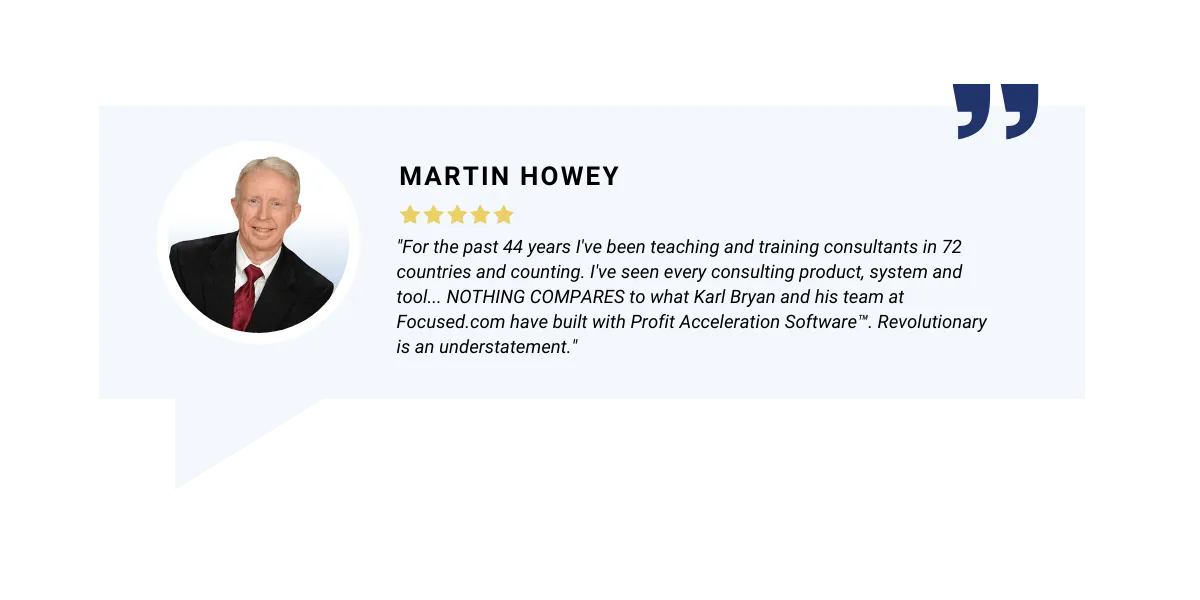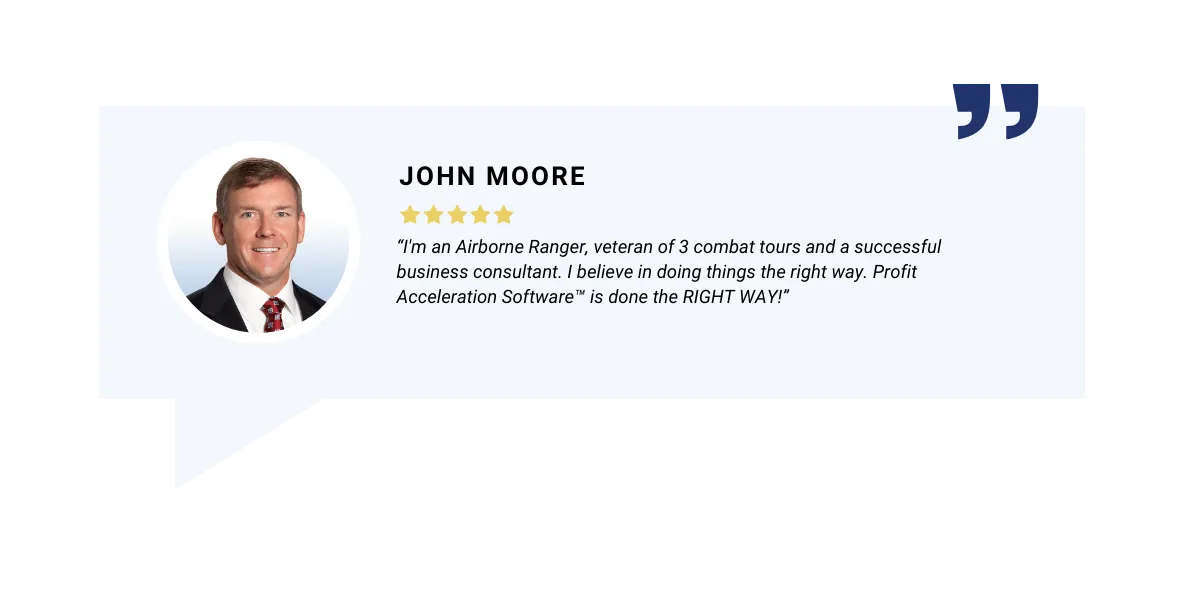
Done Right: The Group Coaching Model That Actually Scales
There’s a reason so many coaches try to launch group programs—and fail.
They copy their 1:1 model, drop everyone into the same Zoom call, and hope it works.
But without the right structure, tools, and delivery system, group coaching quickly becomes chaotic, inconsistent, and low-value.
Done wrong, it drains your time and frustrates your clients.
But done right?
It becomes your most profitable, scalable, and satisfying offer.
Let’s break down what makes a group coaching model work—and how to build one that grows with you.
Why “Copy + Paste” Doesn’t Work
Trying to run group coaching by simply multiplying your 1:1 process is a trap.
What works in a private conversation doesn’t always translate to a group setting. In 1:1 coaching, you can adapt on the fly. In a group, you need structure.
Your clients aren’t just looking for access to you—they’re looking for a clear journey, momentum, and results they can measure.
Group coaching isn’t just about efficiency. It’s about designing a high-leverage experience.
What Makes Group Coaching Work
To build a successful group coaching program, you need three key components:
1. A Proven Framework
This is your signature system. What are the repeatable steps you guide each client through? When you package that into a curriculum, it gives the group direction—and gives you leverage.
2. Delivery Systems
This is where many coaches burn out. They’re manually scheduling calls, sending reminders, and customizing resources for every client.
Instead, use scheduling automation, templates, pre-loaded worksheets, and shared group portals to handle 80% of delivery. You show up live for strategy and accountability—the rest runs in the background.
3. Tools That Track Results
If you want to keep clients engaged and renewing, show them their progress. That means documenting wins, tracking metrics, and celebrating small victories.
The more visible the results, the more valuable the program becomes.
How to Design a Results-Driven Group Experience
Start with this process:
Choose your core outcome: What transformation are you promising?
Break it into milestones: What does progress look like each week or month?
Build weekly focus points: Each session should deliver a small win or unlock an insight.
Add a feedback loop: Use forms, check-ins, or metrics to track individual progress within the group.
This structure keeps your coaching scalable, focused, and client-centric.
Where Software Makes the Difference
This is where tools like Profit Acceleration Software™ and Group Coaching Software™ become game-changers.
With these tools, you can:
Deliver personalized insights—at scale
Use dashboards to track group and individual client revenue impact
Systematize onboarding, session prep, and follow-up
Give clients access to worksheets, progress tracking, and benchmarks
You’re not guessing what’s working. You’re showing them in real numbers.
That’s how you build a group coaching offer that gets talked about—and renewed.
Final Thoughts
Group coaching isn’t a downgrade from 1:1—it’s an upgrade to your business model.
Done with the right structure, it:
Protects your time
Multiplies your income
Increases your client impact
Want to see how top coaches are using group delivery to scale with less stress? Book a demo and we’ll walk you through the exact tools that make it simple, repeatable, and profitable.






